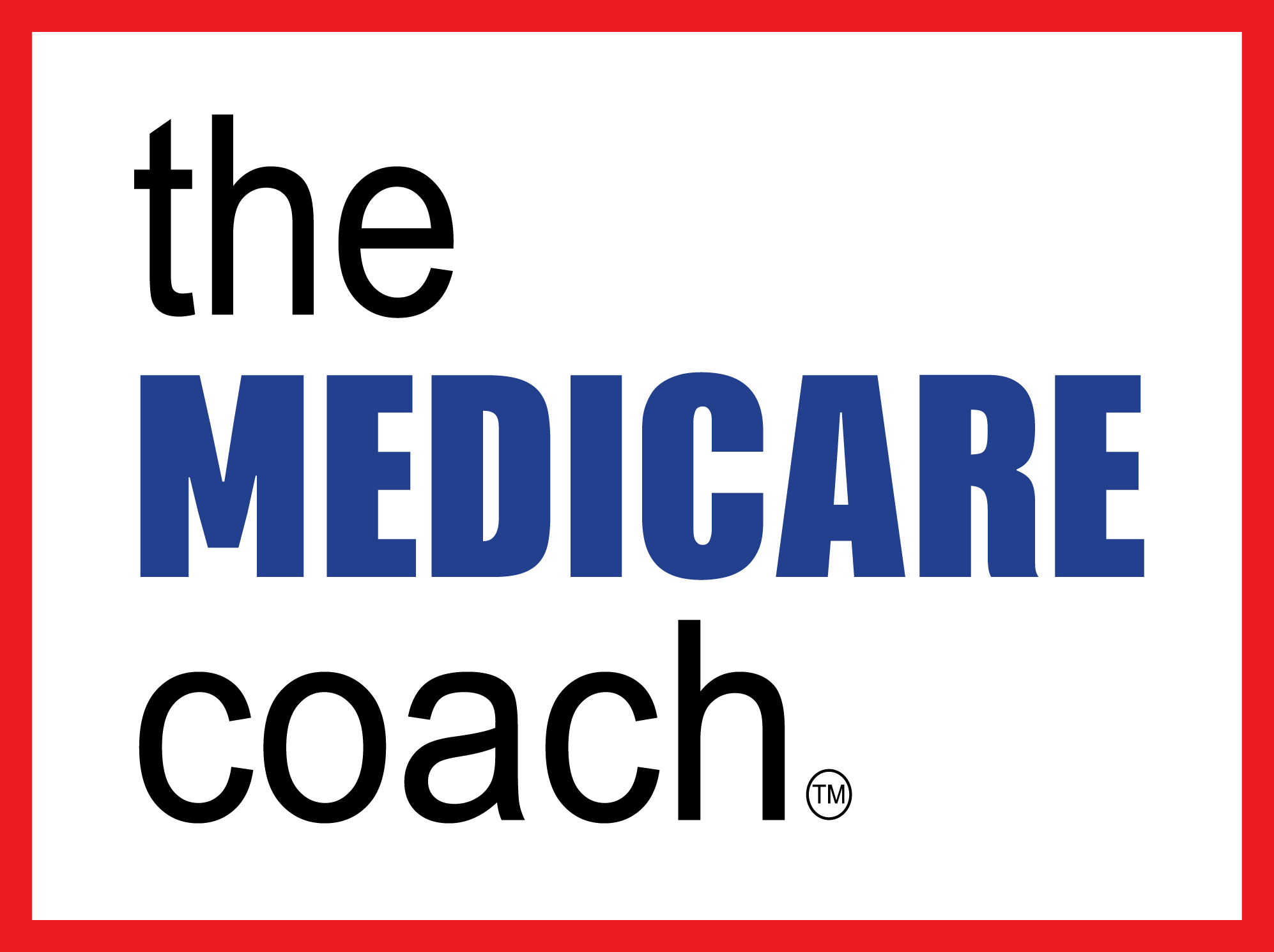Medicare’s Open Enrollment Period begins on October 15th and ends December 7th. During this time Medicare Beneficiaries have a chance to change several aspects of their coverage.
This time is especially critical because you can change many aspects of your Medicare plan, but most of you will change your prescription plan to save money.
Just last year two-thirds of our clients changed prescription plan to get better coverage and save thousands of dollar. One client saved nearly $18,000
My advice is you pay extra attention to this so you don’t get tricked during Open Enrollment and avoid costly surprises next year.
Here’s what you need to know:
Open enrollment provides an opportunity for those enrolled in Medicare Advantage plans to disenroll and return to Traditional Medicare. Those who exercise this option, however, will likely have to provide evidence of insurability to obtain a Medicare Supplement (Medigap) Policy.
Those Medicare Beneficiaries who chose not to enroll in a Medicare Part D prescription plan when they entered Medicare, or if they did not maintain Creditable Coverage, may enroll in a Part D plan during the Open Enrollment Period. However, Medicare may assess a penalty depending on your circumstances.
The primary focus for our clients during this time is to evaluate their current Medicare Part D prescription plan. A simple, yet crucial move that can save thousands of dollars.
The Centers for Medicare and Medicaid Services (CMS) makes changes to the rules and regulations that govern Medicare Part D Prescription Plans annually, such as deductible limits and minimum formulary requirements.
As per the Patient Protection and Affordable Care Act (ObamaCare), the ‘Donut Hole’ (Coverage Gap) will be eliminated over time. Part D Plans are required to make the necessary adjustments to their Gap Coverage each year, as well.
In addition to regulatory changes, plans have the freedom to make their own changes. Premiums may increase or decrease and medications may move up or down on the plan’s formulary.
Prior Authorizations, or justification from the prescriber as to why this medication is necessary, may also be required for certain medications. And, if this is not obtained, you may be responsible the entire cost of the medication.
According to a Kaiser Family Foundation study from 2013, only 13% of Medicare Beneficiaries changed their Part D plans. Medicare Part D insurance companies count on those Medicare Beneficiaries who DO NOT change their plans; the increases and changes they make to their plans makes them billions.
Comparing, evaluating, and even changing plans is a simple step in the upkeep of your Medicare Insurance plan; one that can save you hundreds to thousands of dollars each year.
So please watch for an email from me about the upcoming Open Enrollment Period. We can review your plan during this time to ensure you have the best and most cost-effective plan for 2018.

